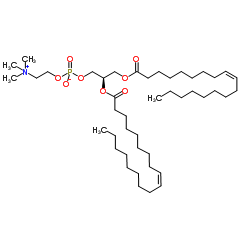| 结构式 | 名称/CAS号 | 全部文献 |
|---|---|---|
 |
2,6-吡啶二羧酸
CAS:499-83-2 |
|
 |
5(6)-羧基荧光素
CAS:72088-94-9 |
|
 |
1,2-二油酰基-sn-甘油-3-磷酸胆
CAS:4235-95-4 |
|
 |
铽粉
CAS:7440-27-9 |
|
 |
6-羧基荧光素
CAS:3301-79-9 |